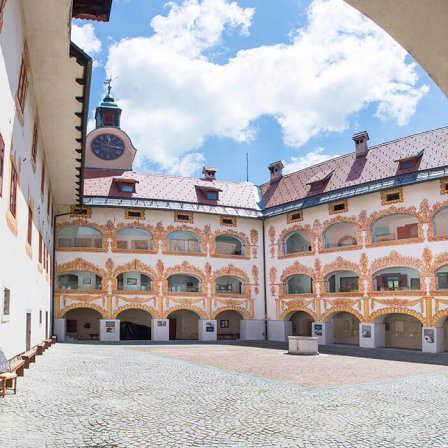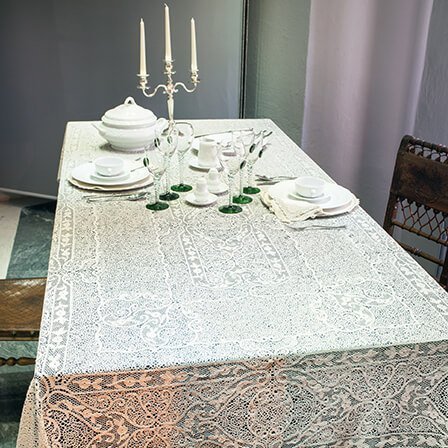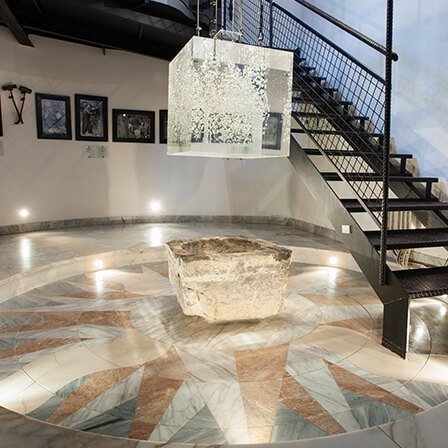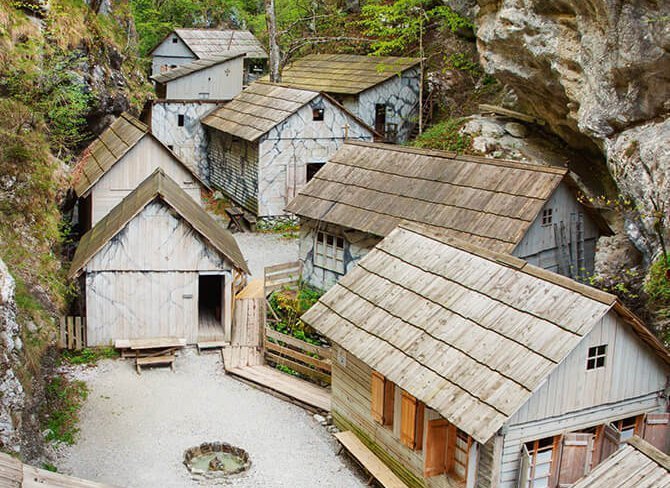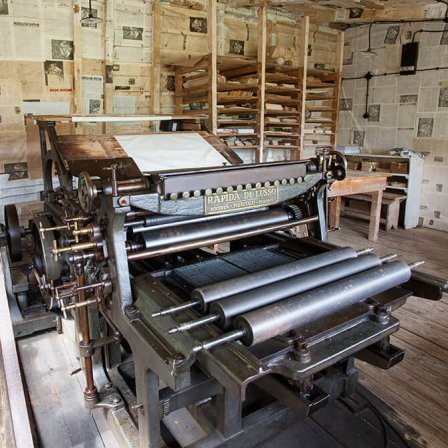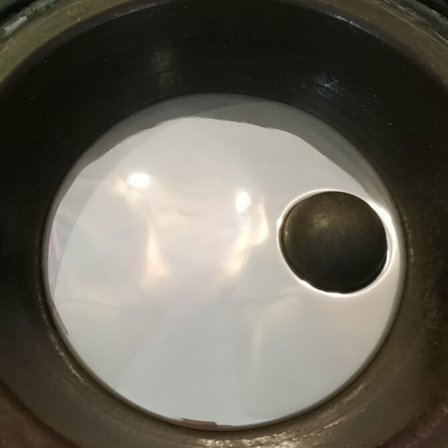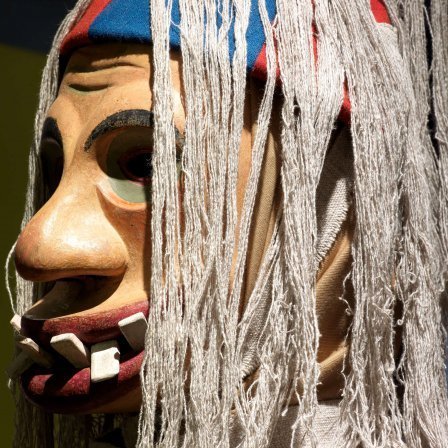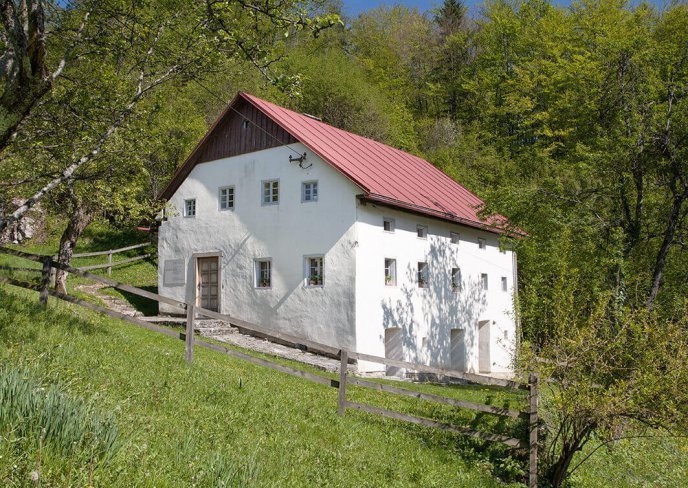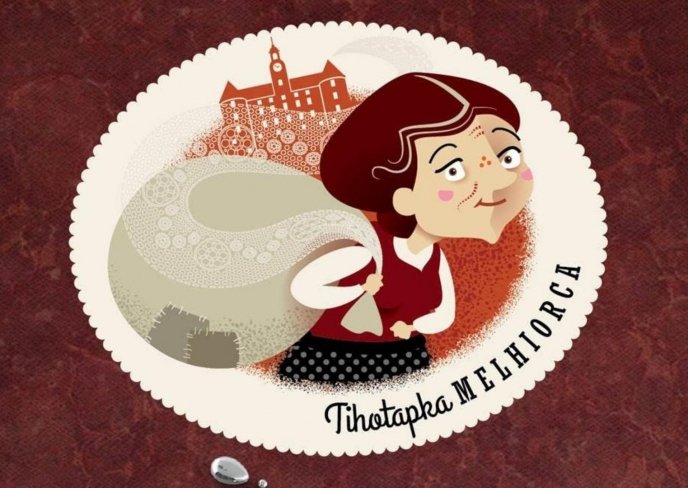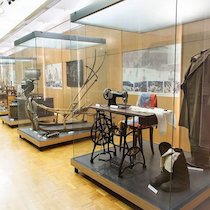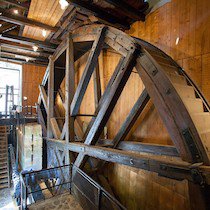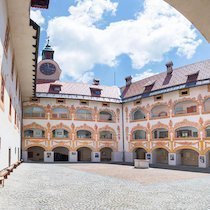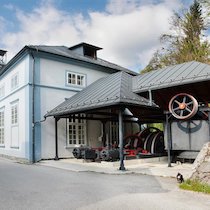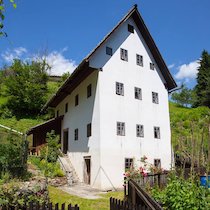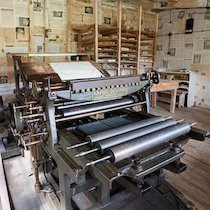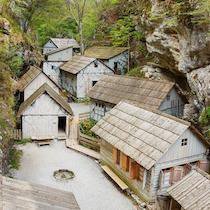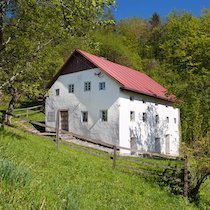One of the editors of the Partisan Journal, printed by the Slovenia Partisan Printing Shop, was the writer France Bevk. He wrote a commemorative brochure upon the 100th anniversary of the birth of the writer Josip Jurčič and the poet Simon Gregorčič, printed by the Slovenia Partisan Printing Shop.
In the postwar years, France Bevk often intervened in favour of political prisoners.
In the past, all the children in the Idrija region, both girls and boys, started to learn how to make lace at the age of six. Today, over 400 children and young people and 150 adults attend the Idrija Lacemaking School every year.
The oldest written record about lacemaking in Slovenia goes back to 1696 and talks about the female dealers, who took the lace from Idrija and smuggled mercury for food.
In 1990, Idrija celebrated the 500th anniversary of the discovery of mercury ore.
They made a natural red cinnabar dye in Idrija from the beginning of the mining in 1490 until 1922. It was already known to old civilisations, and it was found on wall paintings in the Egyptian Pharaohs' tombs and the Roman middle-class citizens’ palaces.
Did you know that pit lamps – carbide lamps were introduced in 1913? They lit up the pit for up to 10 hours. The miners used them until the beginning of the 1960s, when they started using accumulator lamps.
The old alchemist Johann Anton Moscherosch sent a letter to Maria Theresa in 1763 informing her that he had managed to find a recipe for obtaining enough gold from Idrija native mercury in six months to fill the imperial treasury. Do you think he succeeded?
There is a mercury treasure awaiting you at the bottom of the Gewerkenegg Castle tower. The Slovenian artist Jožef Vrščaj caught a thousand mercury drops into a plexiglass cube.
A farm in Podnjivč (Dolenji Novaki) that gave a shelter the wounded even before the establishment of the Franja Partisan Hospital, was settled as early as in the 14th century, which is confirmed by the 1377 Tolmin land registry.
The doctors Franja Bojc and Viktor Volčjak were placed before the military court during the war due to serious accusations and ultimately acquitted. The archive material regarding the process was published in 1996.
In the summer of 1944, the Partisan Hospital got its own electricity source. The power for illuminating the huts was ensured by a small hydro power plant, built behind the home for the disabled.
The Gewerkenegg Castle tower clock is visible on a depiction of Idrija in the 1689 Glory of the Duchy of Carniola by Johann Weikhard von Valvasor. Today’s clock, which has to be manually wound every day, was made in 1894 in the Ludwig Hainz factory in Prague.
